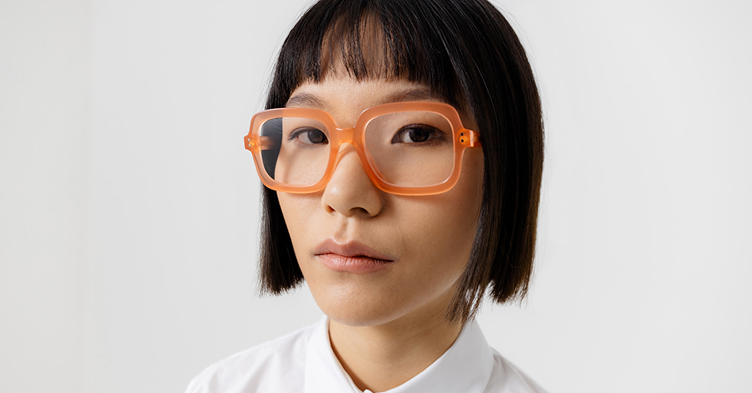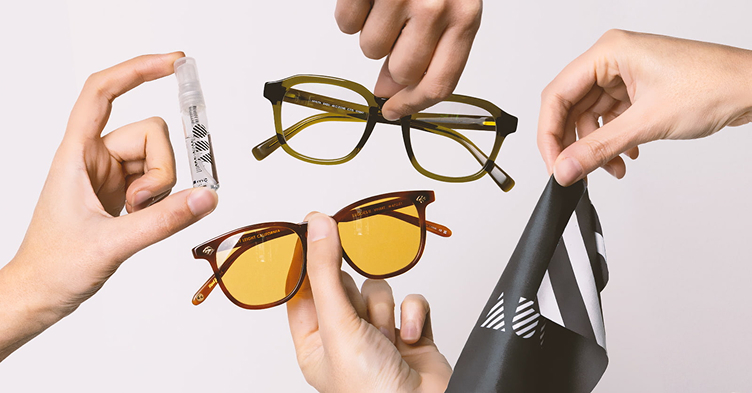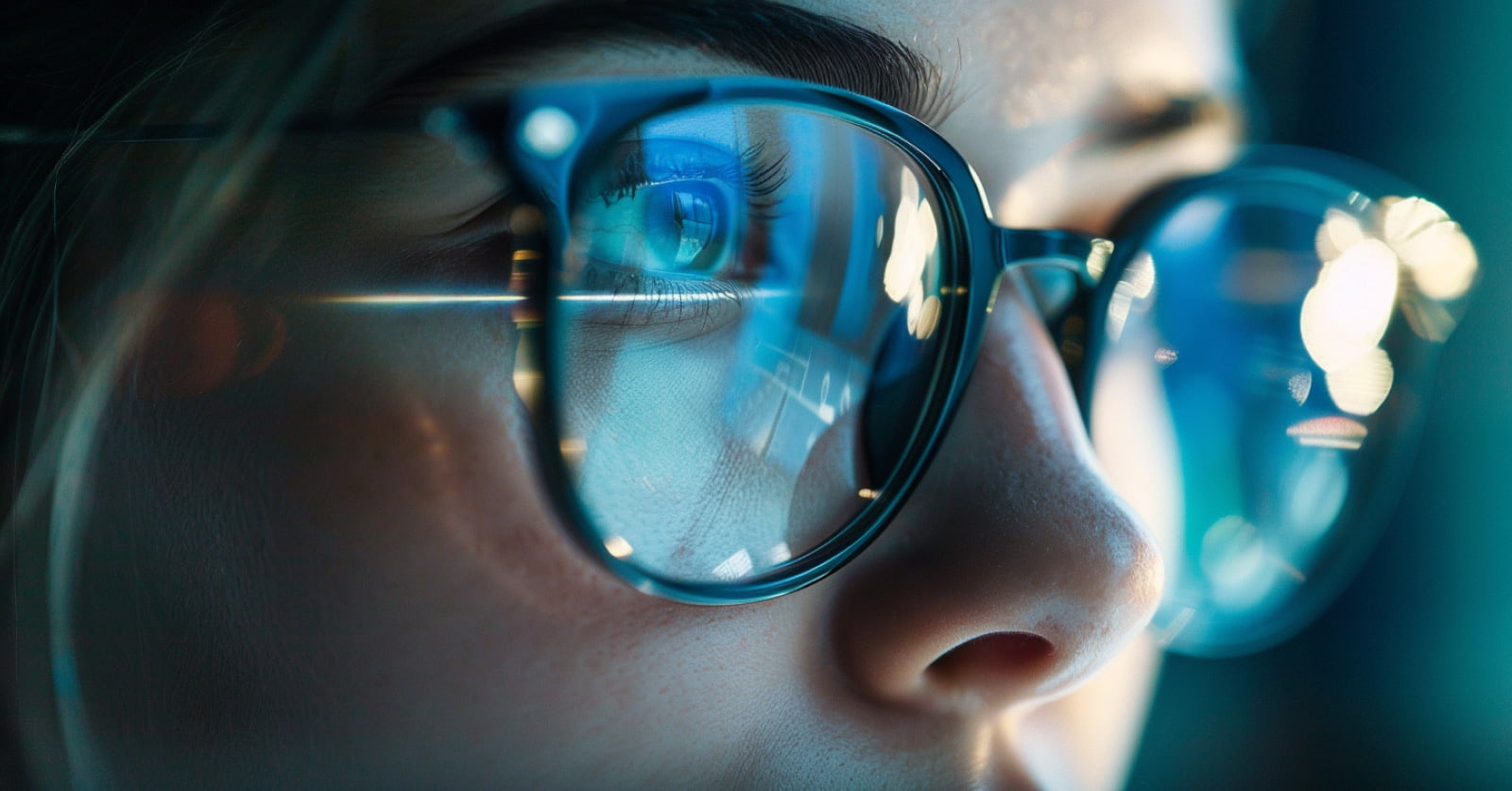Blue Light
Reduce screen strain and refresh your eyes all day.
Read moreFree Shipping & Returns • No code required
Check out our related articles to inspire you or fill you in on all things eye care.

Read on to discover all the benefits of adding anti-reflective lenses to your eyeglass frames.
Read more
Suffering from smudgy frames? We asked our resident optician for his best tips on how to properly clean your glasses.
Read more
Discover the benefits of adding blue light-blocking lenses to your eyeglass frames.
Read more